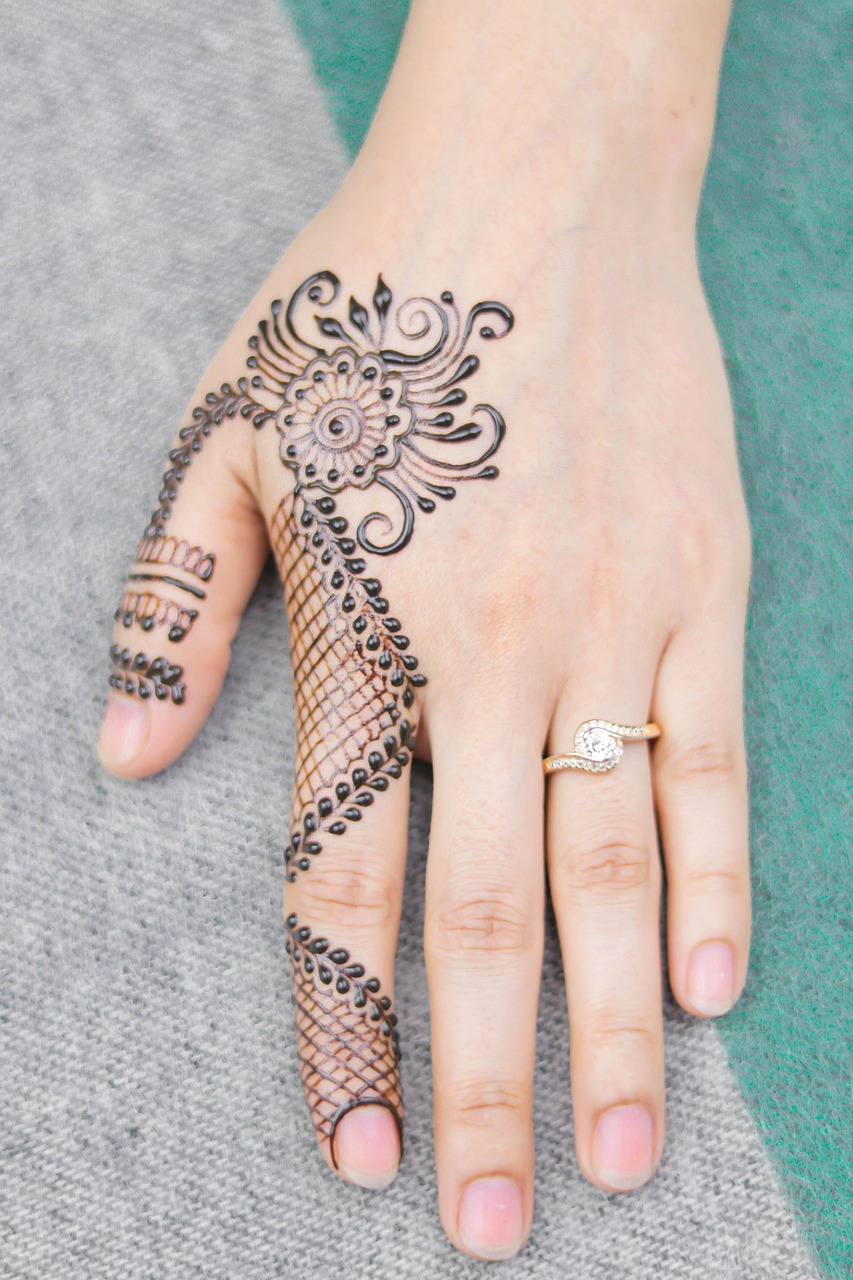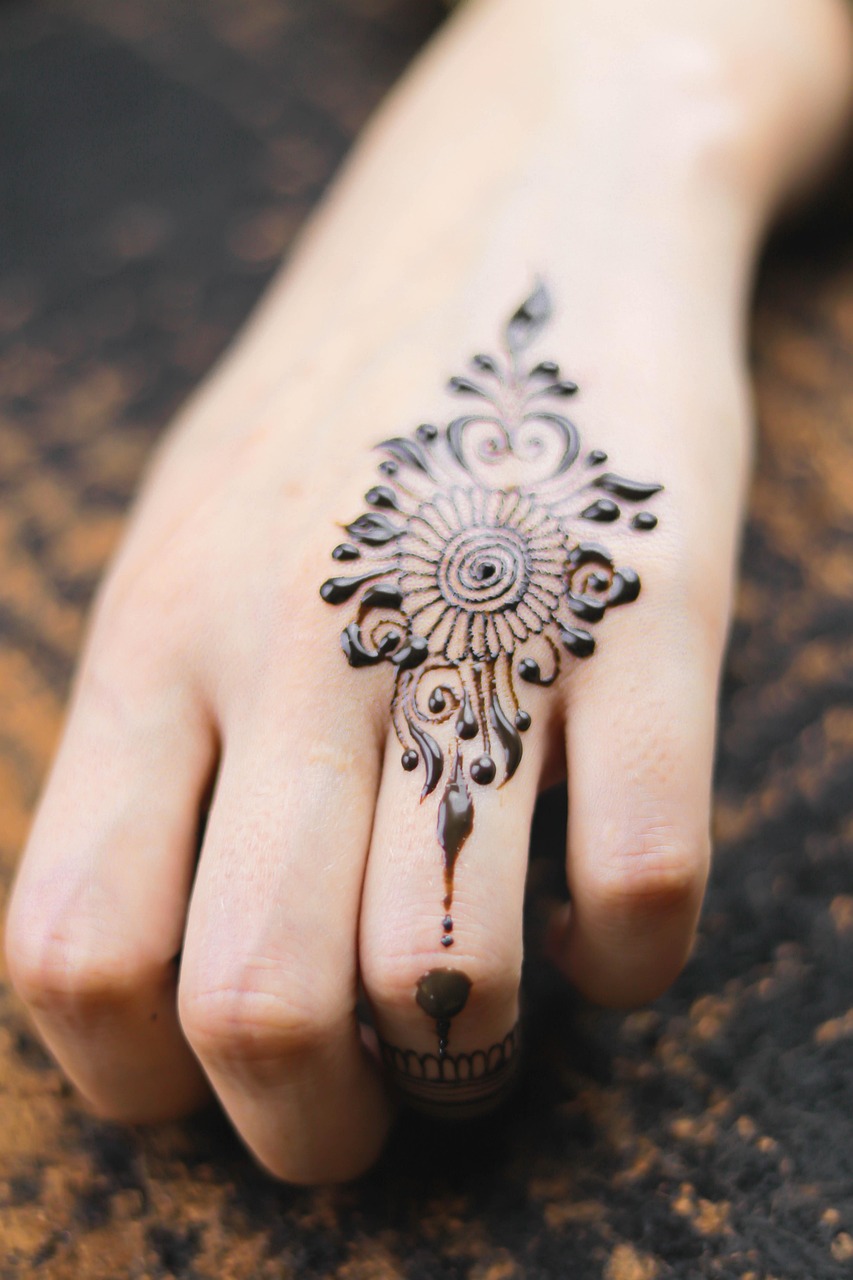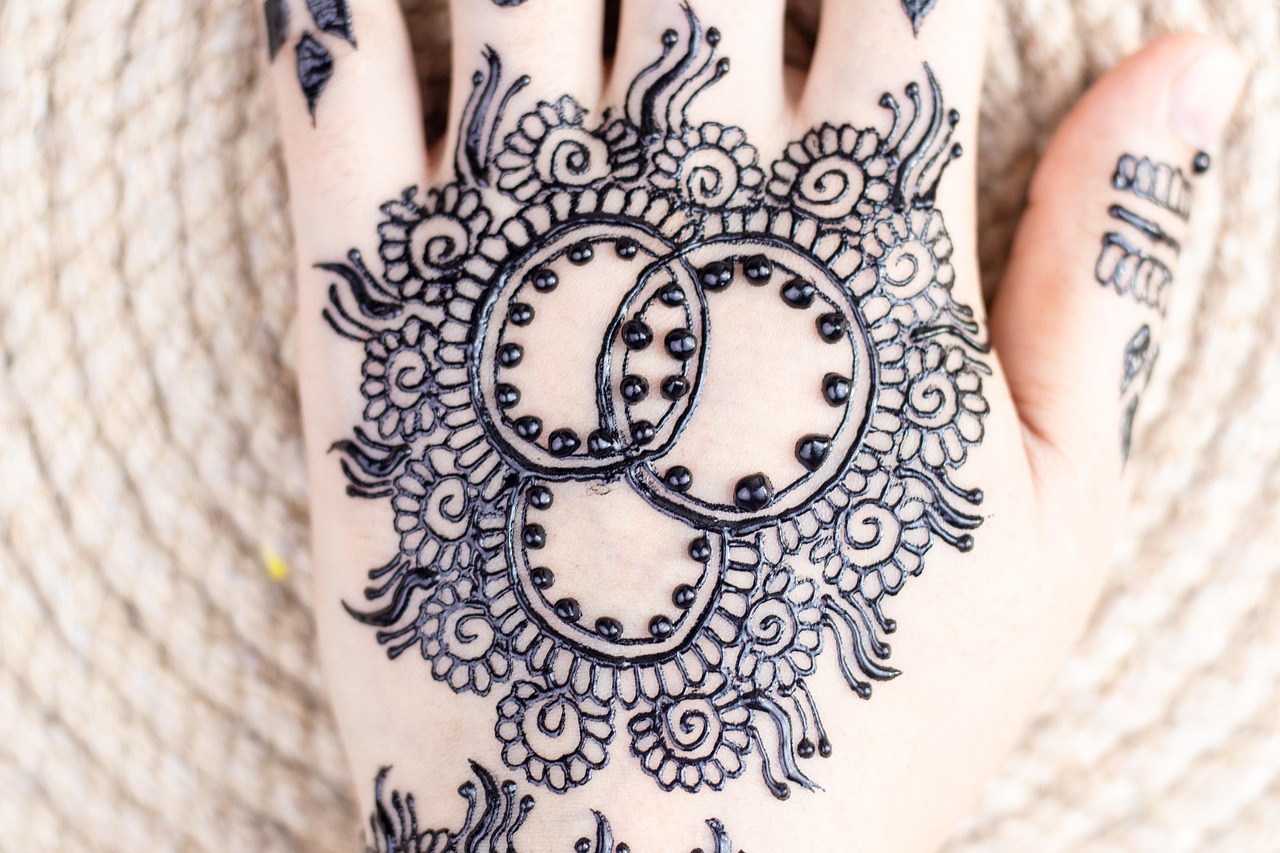Palm Mehndi Design: Stunning Patterns to Elegantly Adorn Your Hands
Mehndi, also known as henna, is a cherished form of body art in many cultures, celebrated for its intricate designs and symbolic meanings. Among the various styles, palm mehndi designs hold a special place, offering a captivating canvas for creativity. In this article, weâll dive into the beauty and significance of palm mehndi design, answer common questions, and explore ways to make the most of this timeless art form.
Key Aspect of Palm Mehndi Design: Why the Palm is the Perfect Canvas
The palm has historically been the focal point for mehndi design due to its prominence and significance. Culturally, the palm is believed to be a window to oneâs life and fortune, making it an important spot for intricate henna patterns. Palm mehndi designs range from traditional motifs like paisleys, florals, and mandalas to more modern creations like geometric shapes and minimalistic patterns.
What makes palm mehndi designs so popular?
Palm mehndi designs are well-loved because of their versatility and their ability to blend various styles and elements. The palmâs relatively flat and open surface allows designs to be highly detailed and symmetrical, making them visually appealing.
External Information – The Global Rise of Mehndi
According to a BBC article on mehndi art, henna application has grown beyond cultural boundaries and has become a preferred choice for body art enthusiasts worldwide. This only highlights the universal appeal of designs such as those meant for palms.
How to Choose Tailor-Made Patterns for Your Palm Mehndi Design
Choosing the perfect design for your palm requires considering factors like the occasion, personal taste, and the level of intricacy you want in your mehndi. Traditional events like weddings or religious ceremonies often call for complex and dense patterns, while casual occasions can include simpler and more modern designs.
What are the best designs for beginners?
If youâre new to mehndi, start with simple palm designs such as flowers, dots, and swirls. These are easy to create and still look elegant. Once you’re comfortable, you can experiment with more intricate styles like Arabic patterns or Indian bridal mehndi.
External Information – Beginnersâ Guide to Mehndi
Experts from a popular henna art studio, Henna Professionals, recommend starting with lightweight patterns before moving to full-hand designs. This builds confidence and improves precision for those just starting out.
Practical Tips for Perfect Palm Mehndi Designs
To ensure your mehndi design comes out flawless and vibrant, preparation and aftercare are key. Here are some useful tips:
- Cleanse your palms thoroughly before applying mehndi to ensure better stain absorption.
- Use high-quality, organic henna for a deep, long-lasting color.
- Let the paste sit for at least 6-8 hours, preferably overnight, and avoid washing hands during that time.
How can you make the stain darker on your palms?
For a richer and darker hue, apply a sugar-lemon solution to the dried mehndi. This keeps the henna moist and helps prolong its contact with the skin, resulting in a better stain.
External Information – Expert Tip for Darker Mehndi
Renowned mehndi artist, Bhavna Mehta, suggests, “Add clove steam over dried henna to enhance the color. This little trick results in a deeper, richer hue, especially for palm designs.”
Conclusion
Palm mehndi designs are not only a beautiful form of self-expression but also deeply rooted in cultural and artistic traditions. From traditional to modern styles, thereâs a design for everyone and every occasion. Whether youâre a beginner experimenting with simple patterns or an expert creating bridal masterpieces, palm mehndi remains an enduring art form anyone can enjoy.
Ready to explore palm mehndi designs? Share this article with friends and family, or subscribe to our blog for more tips, tutorials, and inspiration!


